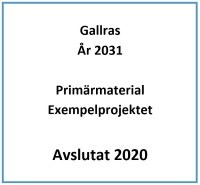Archiving completed projects

When it is time to wrap up your project, there are quite a few things to remember in terms of registering and archiving project documentation.
Have all official documents pertaining to the project been registered in the records management system? Can the case be closed in the records management system? Do not forget that the scientific publication must also be registered!
As soon as possible after the project has been completed, the research material must be submitted to the archives unit so that it can be recorded in the archive management system and brought down to the physical archives. Your room, a metal cabinet in the corridor, or your own home are not approved storage facilities for completed projects. It is the originals that need archiving. If you need to keep some documents accessible for your activities, you may well make copies. If required, it is also possible to borrow documents from the archives.
If the primary material is on paper, it must be stored in archive boxes (see further information below). If there is a large amount of primary material in electronic format, this should be organised in such an orderly way that it is retrievable for at least ten years. Consult your school and the archives unit and then contact IT Support to find out where best to store the research project’s primary material. There are several alternatives depending on the research project and school affiliation.
It is of utmost importance that the material is stored in storage facilities provided by the university and that you do not use your own storage facilities and software. As mentioned above, research material constitute official documents and the university bears the ultimate responsibility for ensuring that the documents are made available. Some basic metadata about the primary material must also be prepared and available.
Contact the archives unit if you have any questions or once your primary material has been collected and is ready to be archived.

